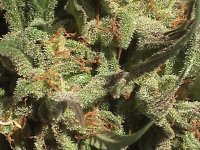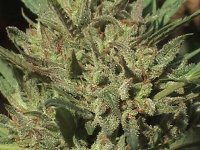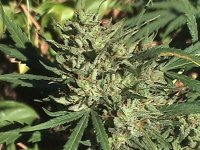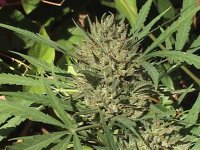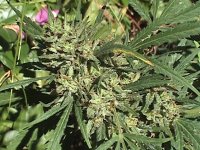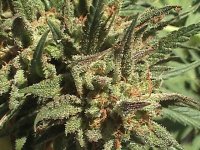Y
YosemiteSam
The alfalfa seed thing never occurred to me...that sounds genius.
What I was really asking can I chuck the enzyme water in with say an alfalfa/kelp tea or should I do it separately?
What I was really asking can I chuck the enzyme water in with say an alfalfa/kelp tea or should I do it separately?

